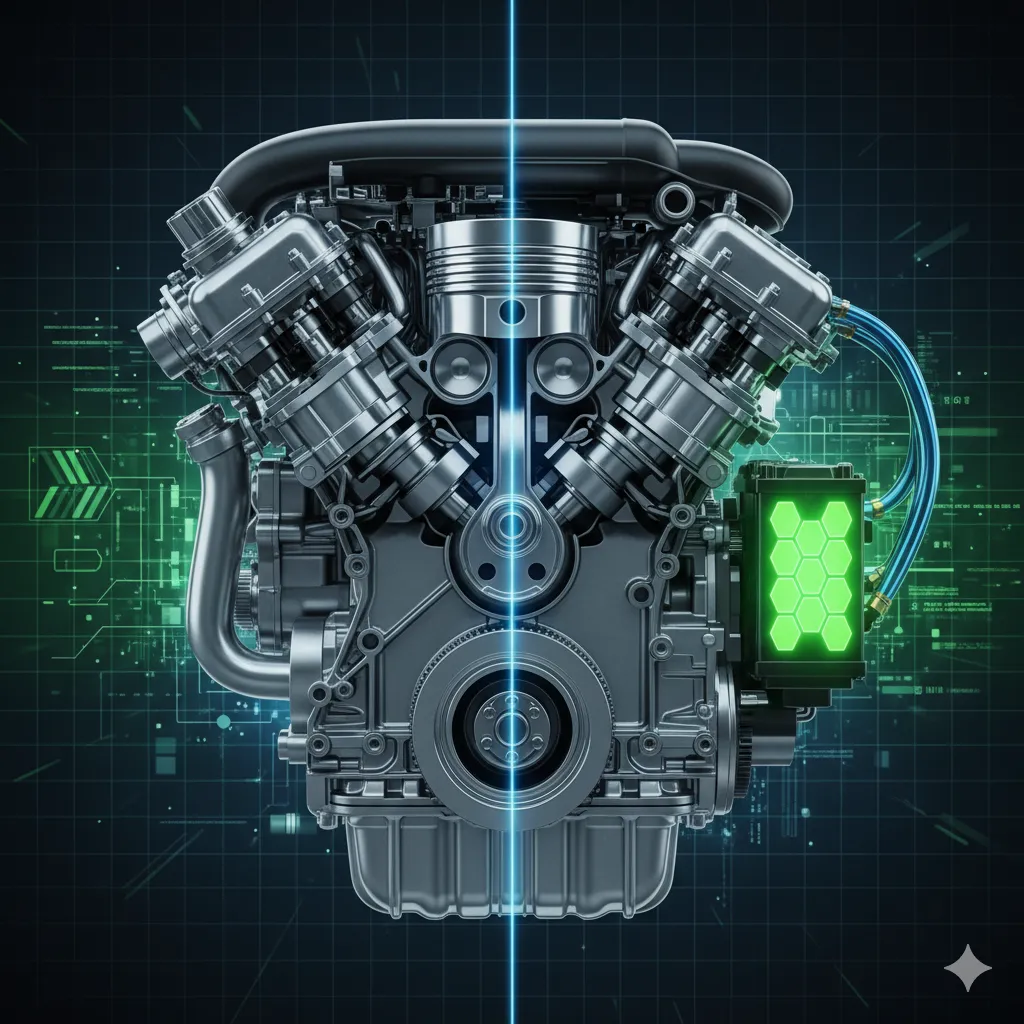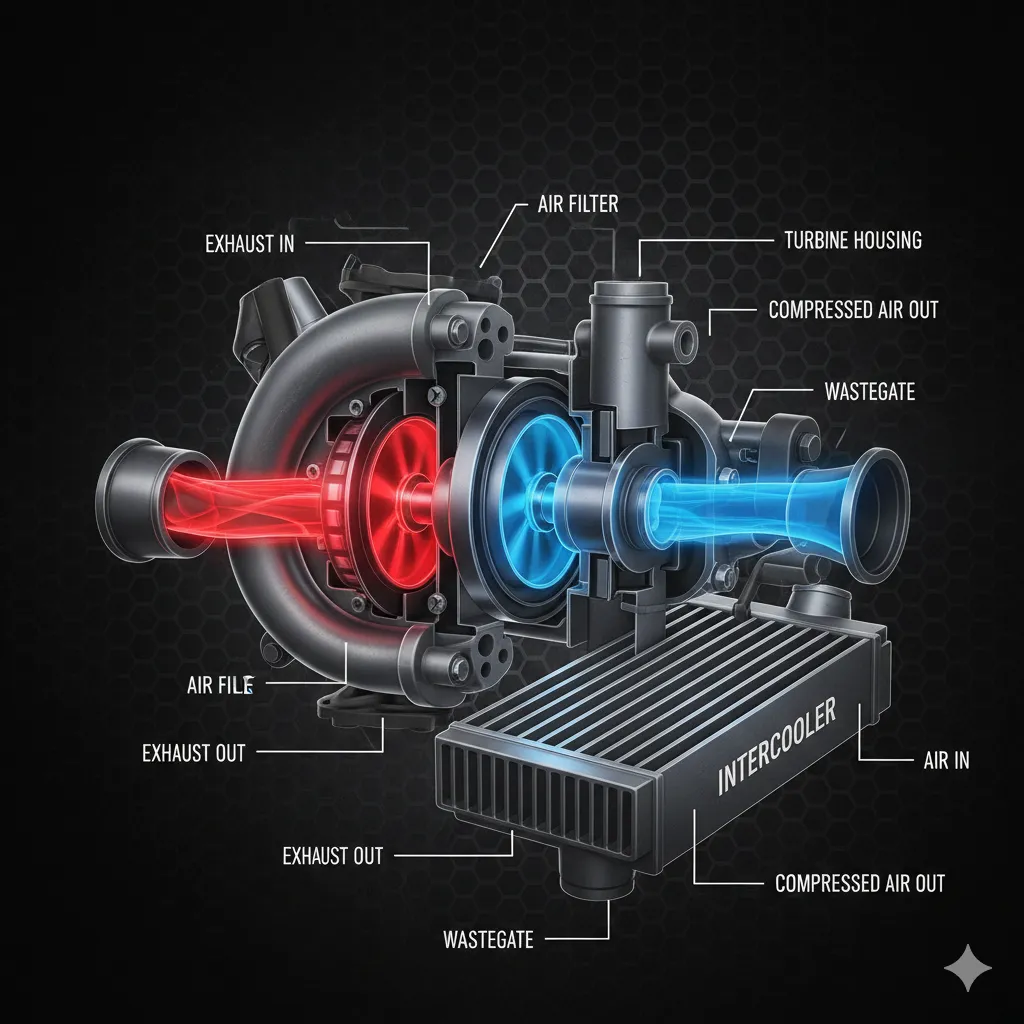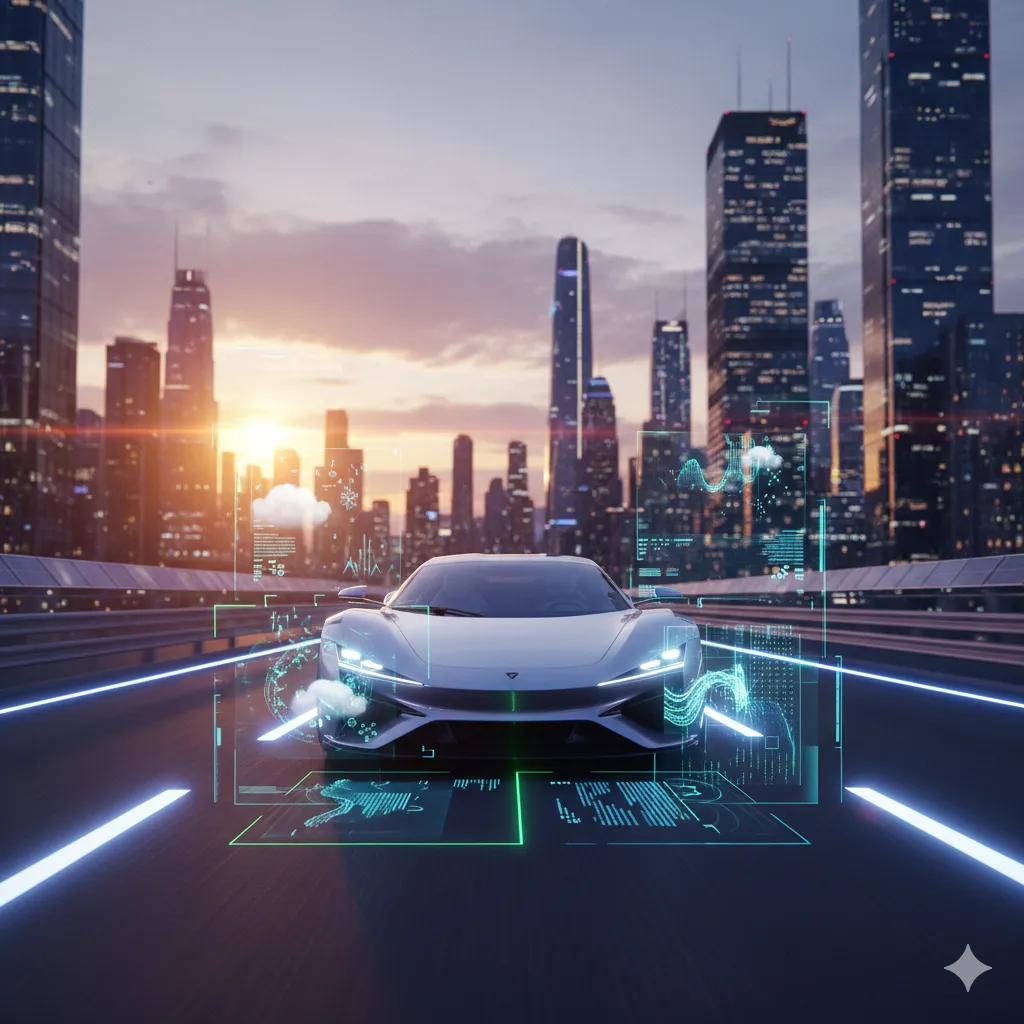
Self-Driving Performance Cars: Autonomous Thrills Redefined
The Autonomous Revolution: The Future of Self-Driving Performance Cars
The scent of burning rubber, the roar of a high-revving engine, the exhilarating pull of G-force—these are the hallmarks of a true performance car. But what happens when you introduce a co-pilot that is a complex algorithm, a network of sensors, and a supercomputer? The answer is a complete redefinition of driving itself.
The automotive world is currently racing towards full autonomy, and the niche of performance vehicles is no exception. The future of self-driving performance cars is not about removing the driver; it’s about elevating the experience, offering peak performance, and ultimately, making even the most challenging maneuvers safer and more accessible.
This new breed of autonomous performance vehicles is set to challenge every established notion of speed, control, and luxury, merging raw power with the sophisticated precision of Artificial Intelligence (AI).
The Technology Turbocharge: Powering Autonomous Performance
Achieving true autonomy, especially at the high speeds a performance car demands, requires a technological leap far beyond current driver-assistance systems. This is where cutting-edge hardware and sophisticated software converge.
Deep Sensor Fusion: The Eyes and Ears of the Autonomous Sports Car
To navigate a track or a challenging mountain road at speed, the vehicle needs to perceive its environment with superhuman accuracy. This is handled by a layered system known as sensor fusion:
-
LiDAR (Light Detection and Ranging): LiDAR shoots millions of laser pulses to create a precise, high-definition 3D map of the car's surroundings in real time. This is critical for detecting subtle changes in elevation, track limits, and potential obstacles at high speed.
-
High-Resolution Cameras: These provide the visual context, feeding data into deep learning networks to identify objects like traffic signs, other vehicles, and pedestrians, even in variable lighting or adverse weather.
-
Radar: Using radio waves, radar measures the velocity and distance of surrounding objects, excelling in adverse conditions like fog or heavy rain where optical sensors struggle.
The data from these sensors is constantly fused and processed, creating an unshakeably accurate world model that is far more robust than human vision alone.
AI Driving Technology: The Ultimate Performance Brain
The true brilliance of self-driving performance cars lies in the software—the brain powered by AI driving technology. This system must not only drive safely but must also be programmed to drive fast and efficiently, pushing the car to its mechanical limits without exceeding them.
-
Predictive Algorithms: Using billions of miles of simulated and real-world data, the AI can predict the trajectory and behavior of surrounding vehicles and the car itself microseconds before it happens.
-
Optimized Race Lines: The AI can calculate the absolute optimal racing line for any track in real-time, adjusting for tire wear, temperature, and road conditions faster and more precisely than a human could.
-
Vehicle Dynamics Control: In a conventional sports car, stability control systems intervene to correct human error. In an autonomous performance car, the AI is the driver, modulating steering, throttle, and braking hundreds of times per second to prevent loss of control, allowing the vehicle to run closer to the edge of its performance envelope than ever before.
The New Thrill: Why Autonomous Driving Will Appeal to Enthusiasts
Skeptics argue that taking the wheel away removes the joy of driving. However, the future of these autonomous performance vehicles offers several compelling new forms of driver engagement and thrill.
🏁 Perfect Lap Mode and Coaching
Imagine activating a 'Perfect Lap' mode. The car drives itself around your favorite circuit, demonstrating the flawless, textbook-perfect line and braking points. You, the driver, are sitting shotgun, absorbing the knowledge. This feature turns the car into a highly advanced, tireless driving coach. You can then try to match the AI's performance, using the autonomous lap as a real-time benchmark.
💨 Hyper-Performance Accessibility
Autonomous racing technology will allow almost anyone to experience the blistering performance of a high-performance EV like a future-gen electric hypercar. A human driver might hesitate at $180 \text{ mph}$ in a corner, but the AI, knowing the vehicle's exact physical limits, will execute the turn perfectly, providing a pure, unadulterated high-G thrill ride previously reserved only for elite professional racers.
🛣️ The Dual Nature of Driving
The best self-driving performance cars will not eliminate the steering wheel; they will offer a choice. On a closed track or a designated safe road, the driver can take control and enjoy the drive. But for the monotonous daily commute or a long, tiring highway stretch, they can activate Level 4 or Level 5 autonomy, allowing them to relax, work, or simply enjoy the landscape while the car handles the journey. This dual capability defines the high-performance luxury segment of tomorrow.
Challenges and the Road Ahead
The path to mass-market adoption of these sophisticated machines is fraught with complex challenges.
Regulatory and Ethical Roadblocks
One of the most significant hurdles is the regulatory landscape. Governments must establish clear legal frameworks for autonomous performance vehicles. The question of liability in an accident, especially when a high-speed vehicle is operating autonomously, remains a hot debate. Ethically, the programming of the AI—how it is told to prioritize safety in an unavoidable accident—is a major philosophical and engineering challenge.
Cost and Complexity of Technology
The advanced sensor suite (multiple LiDAR units, high-speed processors, and redundant systems) required for this level of performance autonomy is currently very expensive. While costs will drop over time, the first wave of true self-driving performance cars will likely remain a premium luxury item.
Public Trust and Acceptance
Despite the promise of a safer system (as 90% of accidents are due to human error), public skepticism about fully trusting a machine with high-speed driving is high. Demonstrating a flawless, highly safe, and superior driving experience is paramount for consumer confidence and widespread adoption.
❓ Frequently Asked Questions (FAQs)
Q1: Will self-driving cars be faster than human drivers on a race track?
Yes. In most cases, a fully optimized Level 5 autonomous system will be faster than all but the most elite professional race car drivers. The AI can process data and make adjustments at a frequency far beyond human capability, consistently driving at the vehicle's absolute physical limit without fatigue or emotional bias.
Q2: Will autonomous performance vehicles still have a steering wheel?
In the immediate future (Level 3-4 autonomy), yes, they will retain the steering wheel and pedals for the driver to take over when prompted or desired. In the distant future (full Level 5 autonomy), particularly for vehicles designed solely for autonomous use, these controls may be optional or removed entirely.
Q3: What is the main difference between autonomous technology in a regular car and a performance car?
The main difference is the performance envelope. In a regular car, the AI focuses on safe, comfortable, and efficient driving within typical speed limits. In a self-driving performance car, the AI is programmed to handle extreme lateral G-forces, rapid acceleration/deceleration, and ultra-high speeds while maintaining perfect vehicle control and safety margins. The required sensor redundancy and computing power are significantly greater.
🎬 Conclusion: The Ultimate Driving Experience, Reimagined
The future of self-driving performance cars is poised to revolutionize not only how we move but also how we define the thrill of driving. By integrating bleeding-edge AI driving technology with raw power from advanced powertrains—often high-performance EVs—manufacturers are creating machines that are safer, more capable, and more precise than anything before.
This transition isn't about replacing the driver entirely; it’s about providing a new echelon of control, efficiency, and safety. Whether it’s executing a perfect lap autonomously or assisting a driver to be their absolute best, the era of autonomous performance promises a breathtaking and thrilling chapter for the automotive enthusiast.
e) External Links
-
SAE International (for Autonomy Levels): https://www.sae.org
-
National Highway Traffic Safety Administration (NHTSA - for regulation): https://www.nhtsa.gov
-
A major automotive/tech news site for industry trends: https://www.wired.com/tag/autonomous-vehicles/




